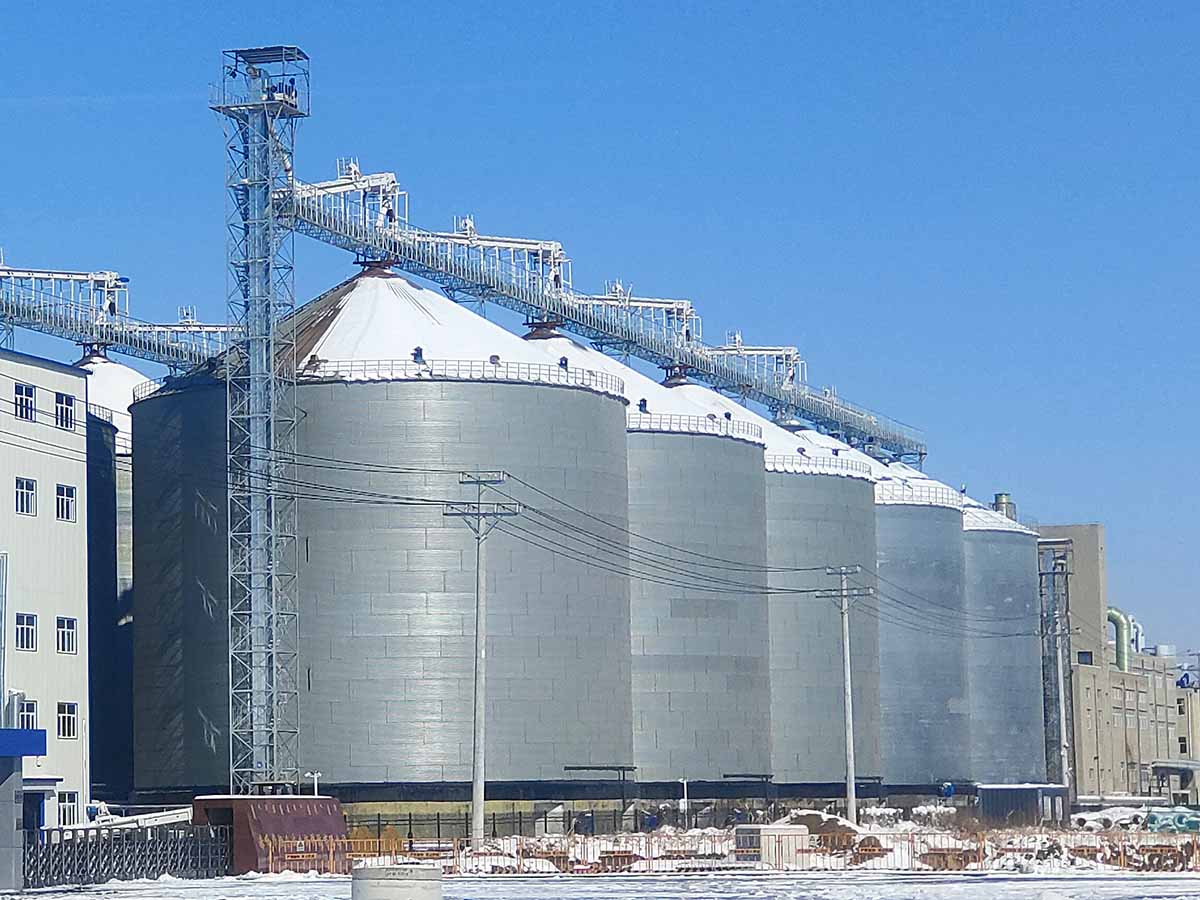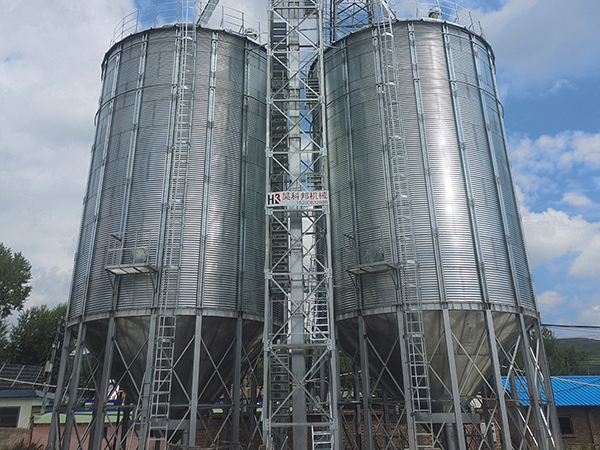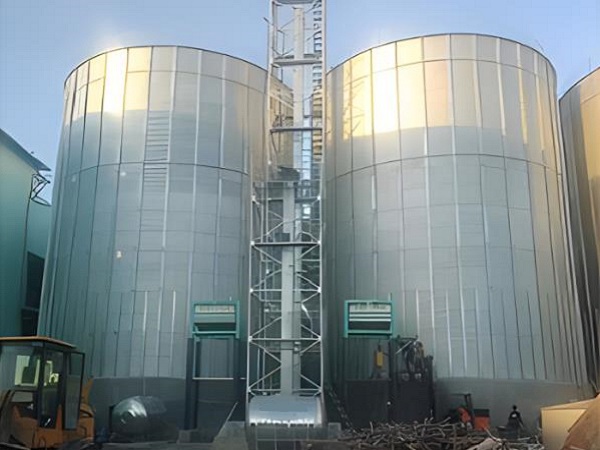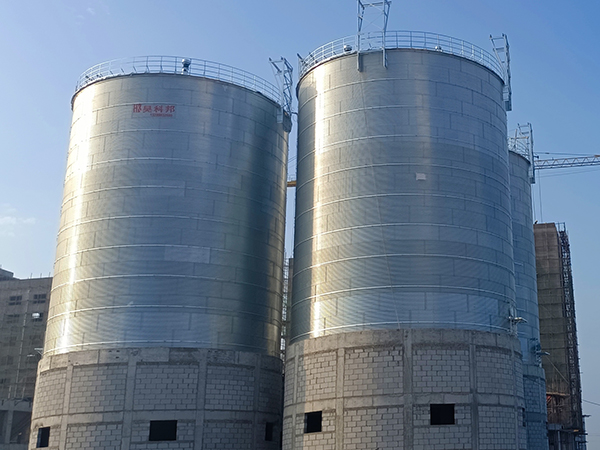Soybean silo selection: key factors for protecting quality and enhancing efficiency
Selecting a soybean silo involves capacity, structural design, and protective features to maintain quality. Modern silos integrate intelligent systems for optimal storage and flexibility to adapt to varying production needs.
- Barley grain bin company in Tanzania
- rice grain bin factory in Rwanda
- Paddy grain bin supplier in Guinea
- Wheat Cone-Bottom Silo Franchise in Thailand
- Wheat cone bottom silo procurement in Thailand
- Wholesale Wheat Cone-Bottom Silo in Malaysia
- Manufacturers of Wheat Cone-Bottom Silo in Malaysia
- Wheat Cone-Bottomed Silo Suppliers in Uganda
- Cone-Bottom Wheat Silo Sales in Uganda
- Wheat cone bottom silo price in Uganda
- Soybean meal grain bin sale in Guinea
- Corn grain bin price in Libya
Choosing the right grain silo is crucial for grain production and storage. In this article, we will explore how to select an appropriate grain silo, with a focus on the specific requirements for soybean silo.
Importance of Grain Silos
Grain silos are essential facilities in grain production and storage. They provide an environment that protects grain, playing a critical role in maintaining grain quality and ensuring long-term preservation. For soybeans, choosing the right silo is particularly important as it directly impacts their quality and commercial value.
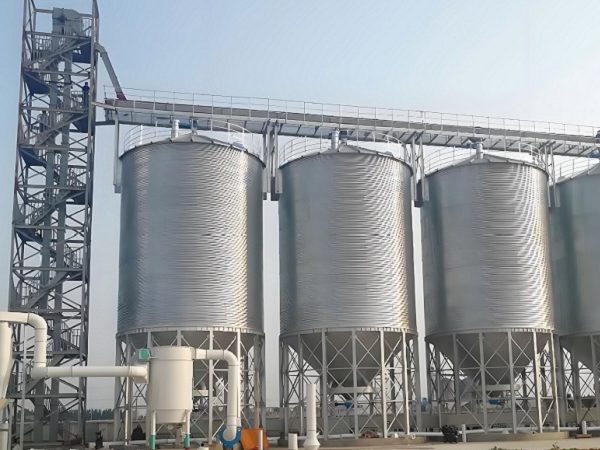
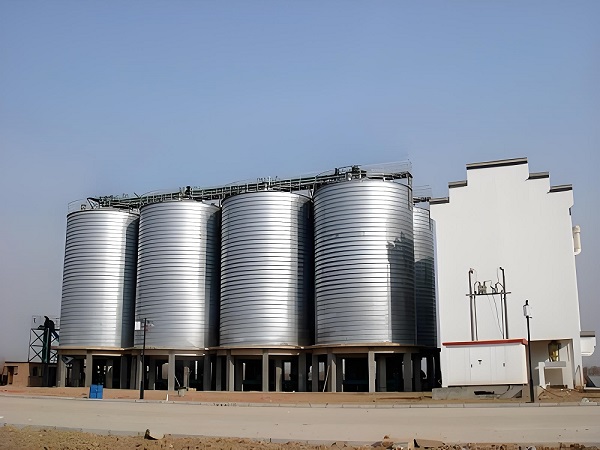
Selecting the Appropriate Silo Capacity
Firstly, consider choosing a silo with an appropriate capacity. Soybean yields can vary, so it is important to select a silo size based on actual needs. A silo that is too small may not meet production requirements, while an excessively large silo could lead to unnecessary costs. Therefore, selecting a silo with a capacity that aligns with expected production and storage needs is crucial.
Matching Structural Design with Soybean Characteristics
The structural design of the silo should match the characteristics of soybeans. Given that soybeans have a certain level of fluidity, the bottom design of the silo should facilitate smooth flow to prevent clogging or compaction. A cone-shaped bottom is generally more suitable for soybean storage as it promotes better flow and reduces the risk of blockages.
Protective Functions of the Silo
Protection features are also a vital consideration when selecting a soybean silo. The silo should have good sealing and ventilation capabilities to prevent moisture and pest intrusion. Since soybeans are susceptible to moisture, which can cause mold and degrade quality, choosing a silo with excellent sealing and ventilation systems is essential for maintaining soybean quality and ensuring long-term preservation.
Application of Intelligent Systems
Modern grain silos are often equipped with intelligent systems, such as temperature monitoring, humidity control, and dust removal systems. These systems help in real-time monitoring of the internal conditions of the silo and automatically adjust to maintain an optimal storage environment. For soybeans, which are sensitive to environmental changes, these intelligent systems are particularly important to maximize the protection of their quality and nutritional value.
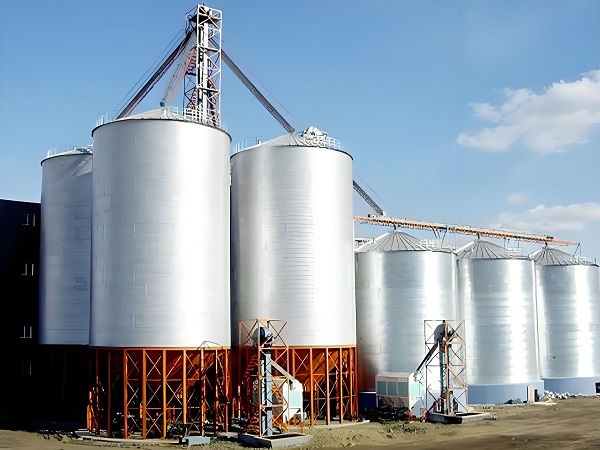
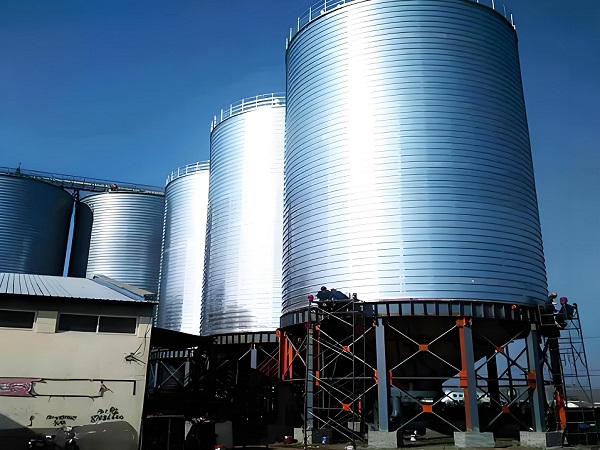
Mobility and Flexibility
Finally, considering silos with some degree of mobility and flexibility is worthwhile. The production environment may change, necessitating adjustments in silo layout and placement. A silo design with flexibility and mobility can better adapt to different production scenarios and changing needs.
In summary, choosing the right soybean silo requires a comprehensive consideration of production scale, soybean characteristics, environmental protection, and intelligent control systems. An appropriate silo design can protect the quality and nutritional value of soybeans while improving production efficiency and economic benefits.

